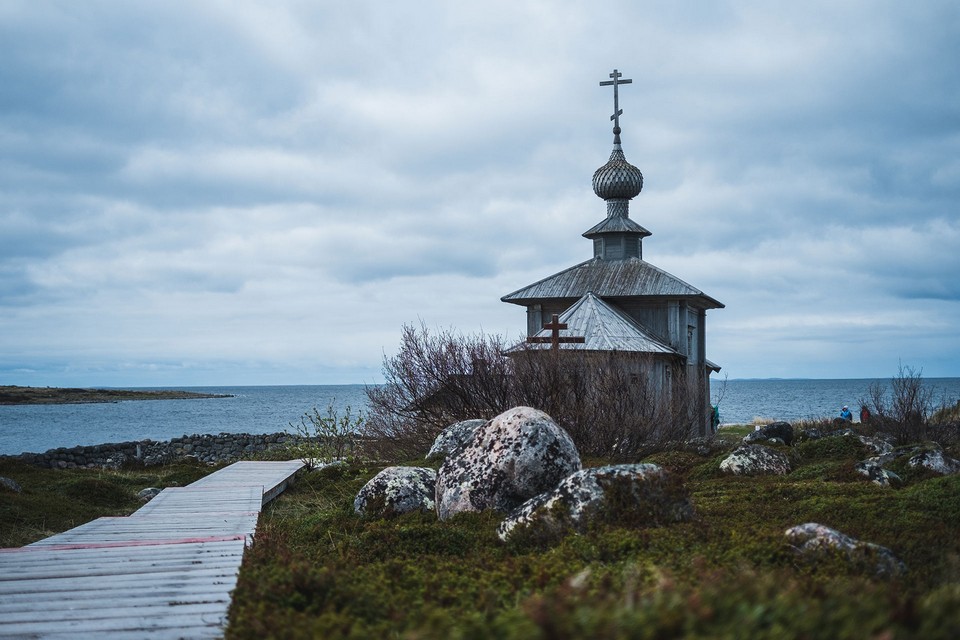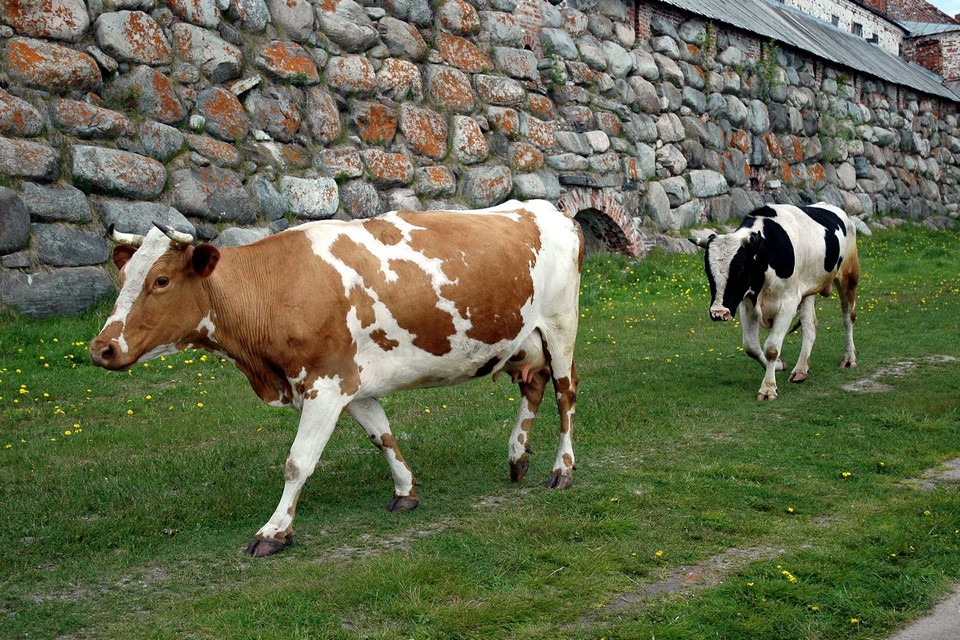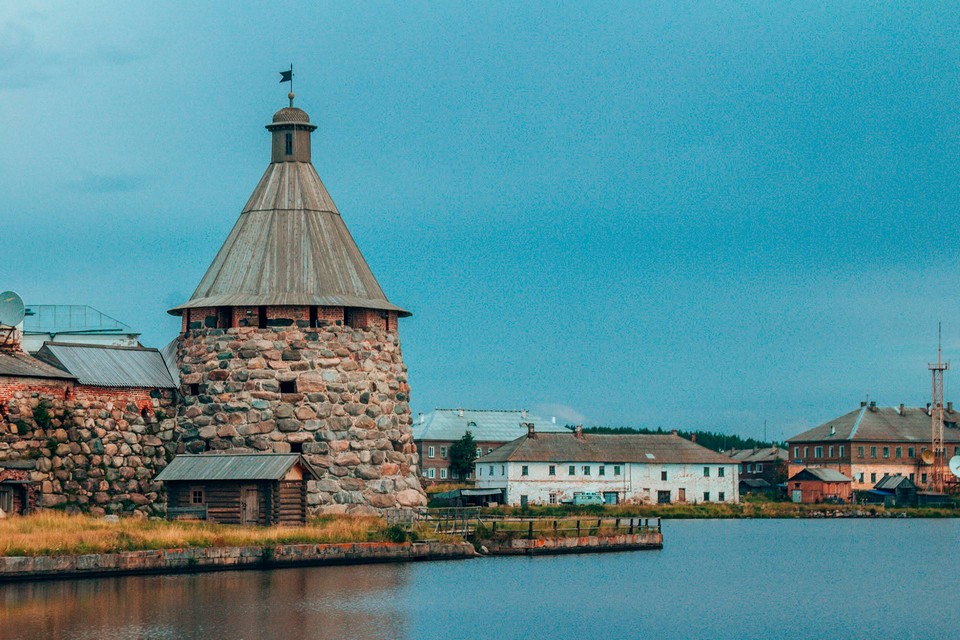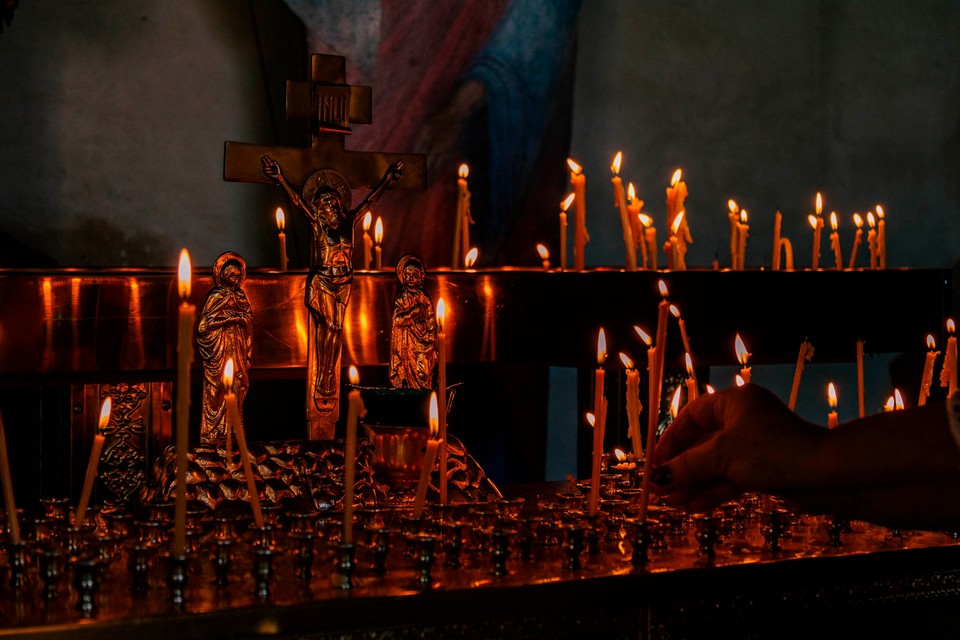let's explore it
Gorgeous Nature
& Cultural Heritage
Karelia is a place with gorgeous nature: dense forests, deep lakes, fast rivers. On its territory, there are two biggest lakes in Europe – Ladoga and Onega as well as the stormy White Sea.
More than one million hectares of the republic territory belongs to protected natural areas – reserves, national parks, and natural monuments. The most significant among them are Kivach reserve, Vodlozerso, Paanajarvi, Kalevala National Parks, Ladoga, and Kizhi archipelagos.
Karelia is also the land where you meet ancient traditions and unique cultural heritage carefully preserved in world-famous museums on islands bearing magical names – Kizhi and Valaam.
short region information
LOCAL TIME | UTC+3 |
|---|---|
CLIMATE | Severe |
CAPITAL | Petrozavodsk |
HOW TO GET | 1,5 hours by plane from Moscow / 5 hours by high speed train from Saint Petersburg |
HIGHLIGHT | Kizhi Wooden Architecture Museum, Valaam Monastery, Solovetsky Islands
|
types of tourism

Excursion

Religious

Active

Eco

Winter
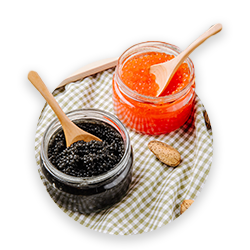
Culinary
Kizhi Island Ensemble
World Heritage Monument
There are more than 1700 architectural monuments in Karelia. The oldest of them date back to the 14-16 centuries. The hallmark of this northern region is the wooden architectural ensemble on the Kizhi Island in the North-West part of the Onega lake, built in 18 century it is now the object of the UNESCO World Heritage.
It consists of 22 domed Church of the Transfiguration, 10 domed Church of the Intercession, a bell tower, and a wooden fence. Near the cathedrals, a peasant village has been recreated where you can learn a lot about the life of the creators of the wooden masterpiece.
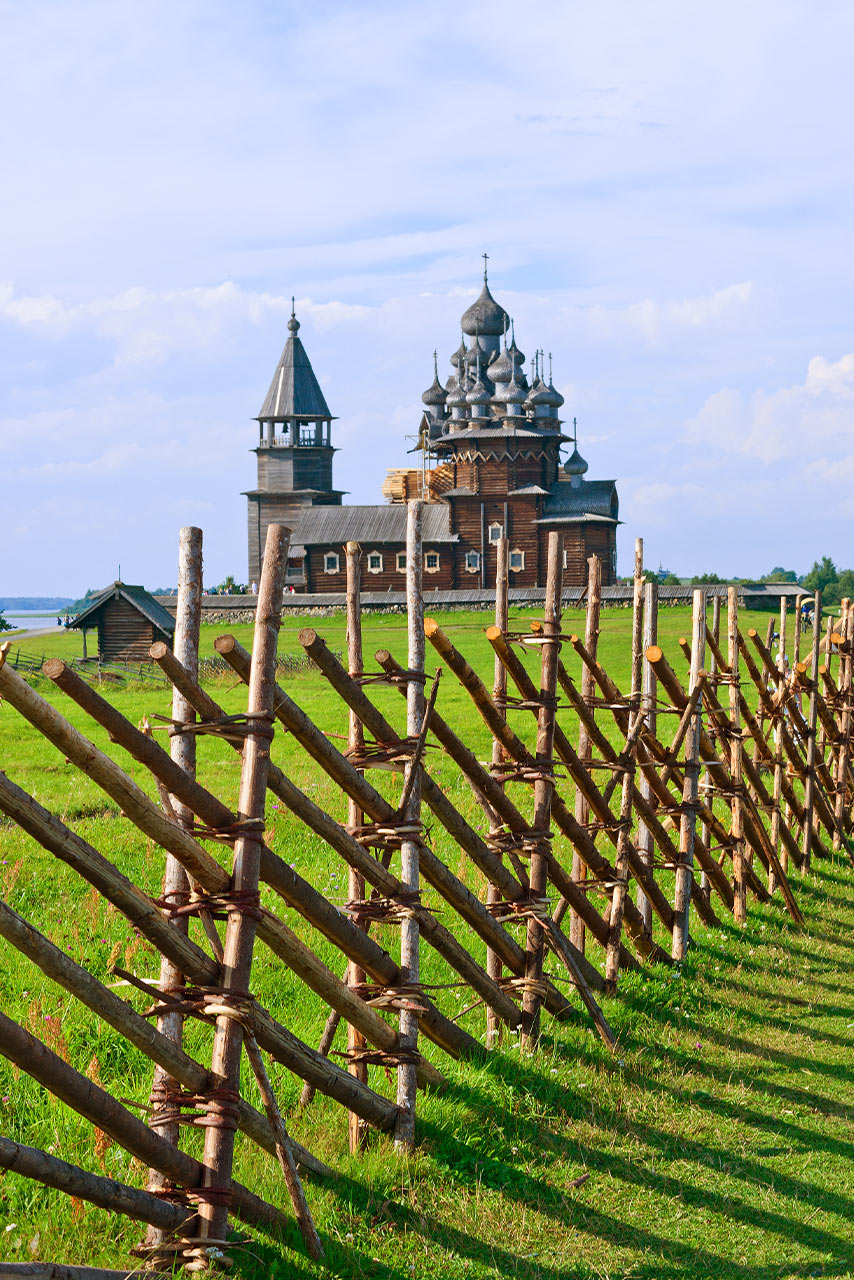
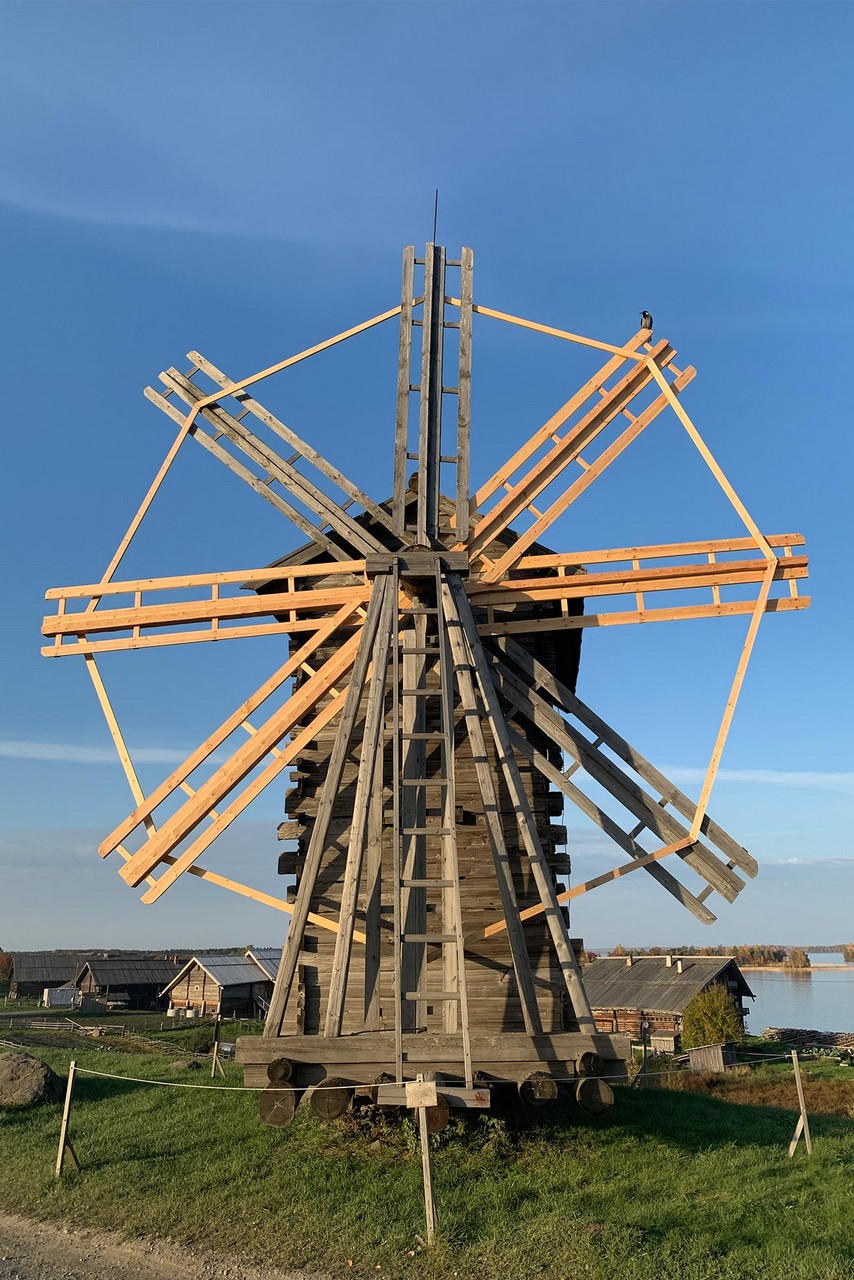

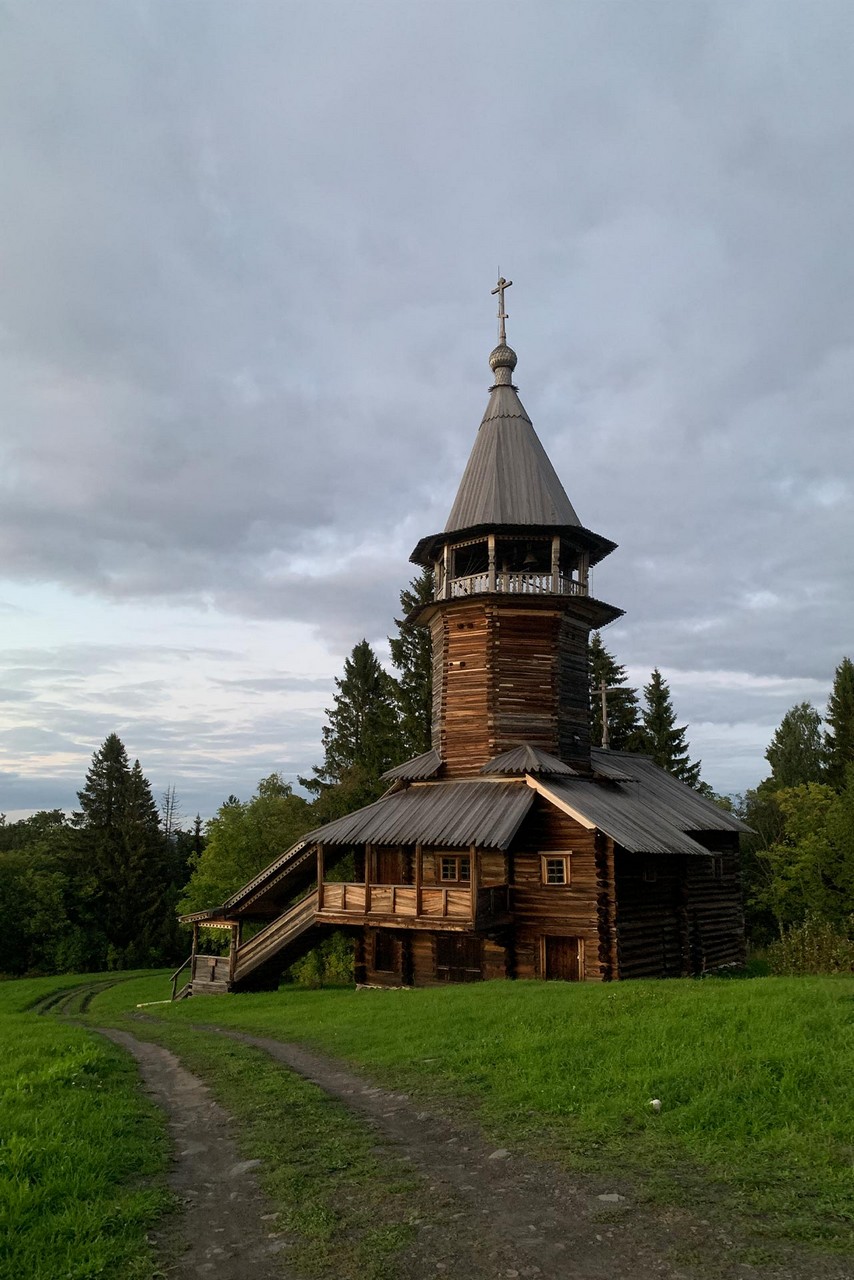
SOLOVKI ISLANDS
Mysterious & Impressive
In the 20th century, these epithets were supplemented with the ominous glory of one of the most terrible prisons of the Stalinist period. The Solovki Archipelago is a very contradictory place, it’s holy and desecrated, lovely and cruel, frightful and striking. It is difficult to express in words the impression that the Solovetsky Monastery makes on visitors.
WHITE NIGHTS & UNIQUE FAUNA
Natural Peculiarities
A peculiarity of Karelia is the change in the length of daylight hours. It is the shortest in December, 4-6 hours, but from mid-January, the day begins to grow intensively and by June-July the sun shines almost around the clock. This time is poetically called White Nights.
The fauna of the Karelian taiga is rich – it is more than 60 species of mammals (the largest are the brown bear and the elk), 260 bird species (22 are included in the Red List of Threatened Species), and more than 130 fish species.
RUSKEALA MOUNTAIN PARK
Amazing View &
Journey in Time
One more place in Karelia that is definitely worth visiting is a mountain park «Ruskeala». Sharp marble cliffs covered with forest reflect in deep and pure waters. This marvelous view won’t leave anyone indifferent. The marble from Ruskeala was used to build many famous masterpieces in Saint Petersburg like St Isaac’s Cathedral, Hermitage Museum, etc.
An interesting peculiarity of this place is the way you can get to it. There is a vintage train that shuttles to Ruskeala from Sortavala train station. The interior of the train is in the style of the late 19th-early 20th centuries and the train looks like those from the pages of Leo Tolstoy novels.

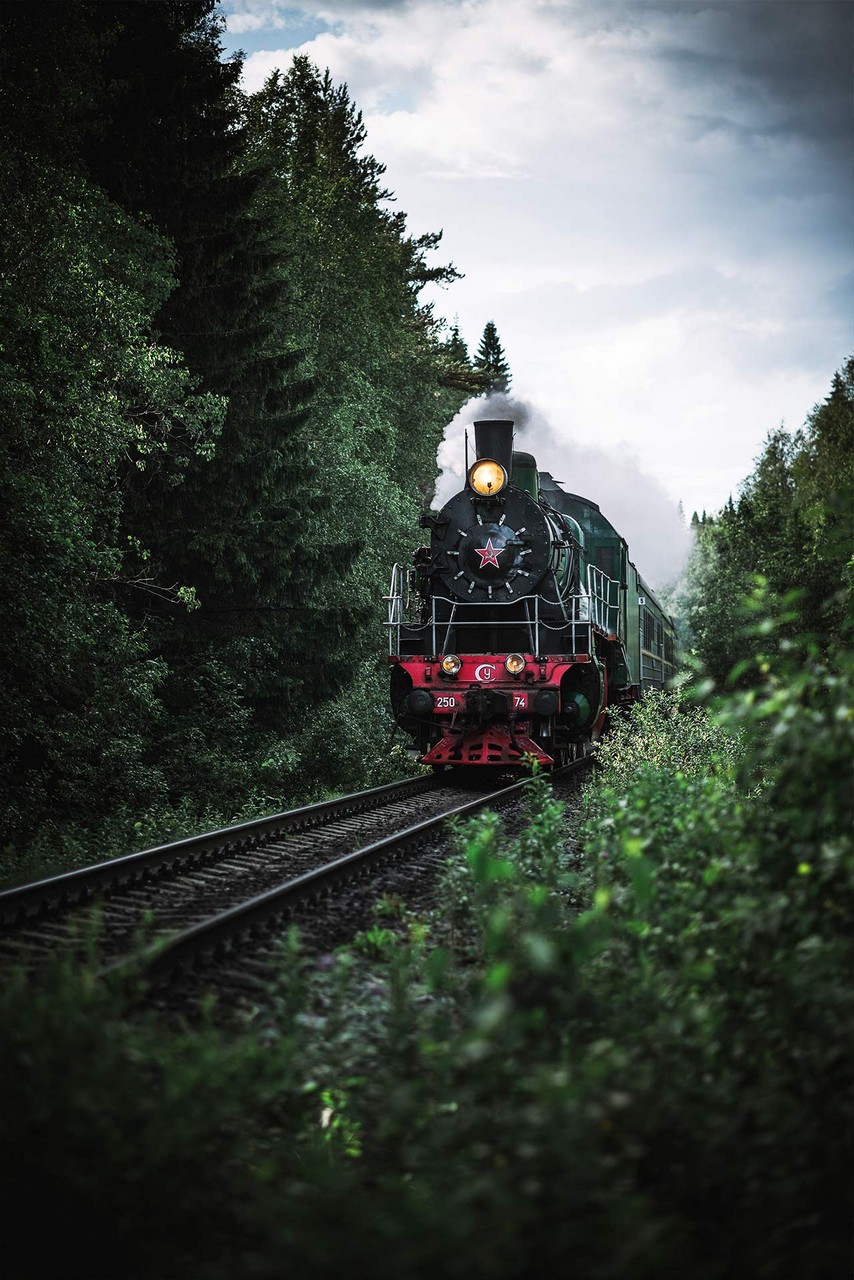
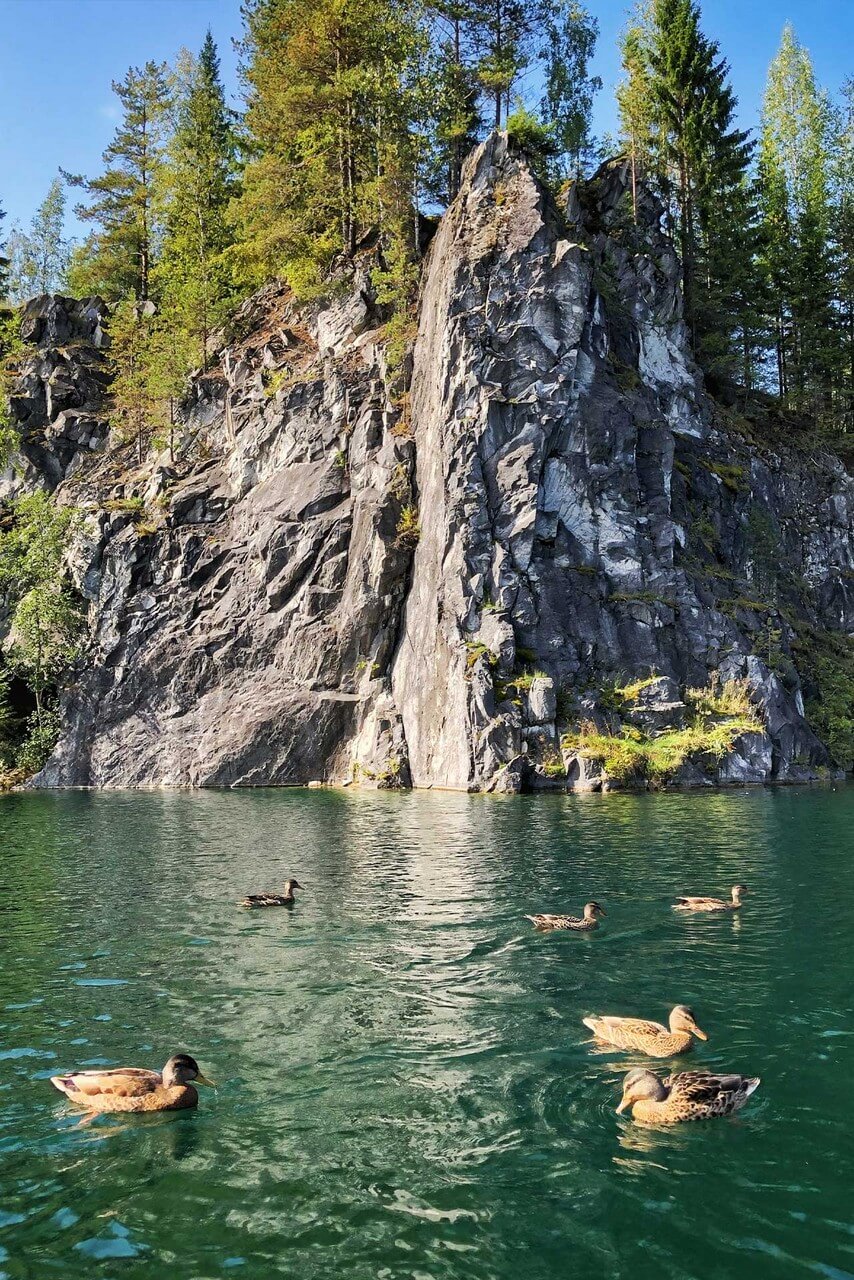
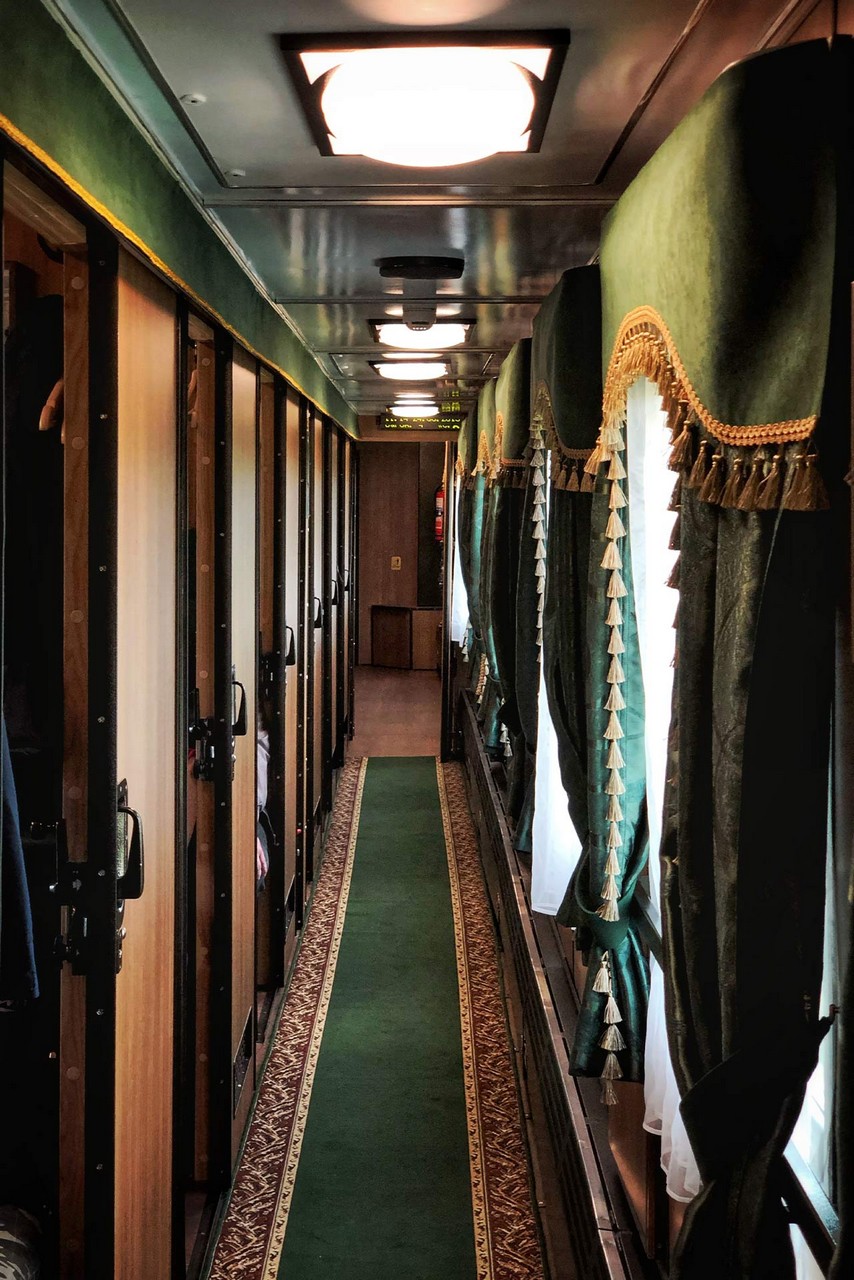

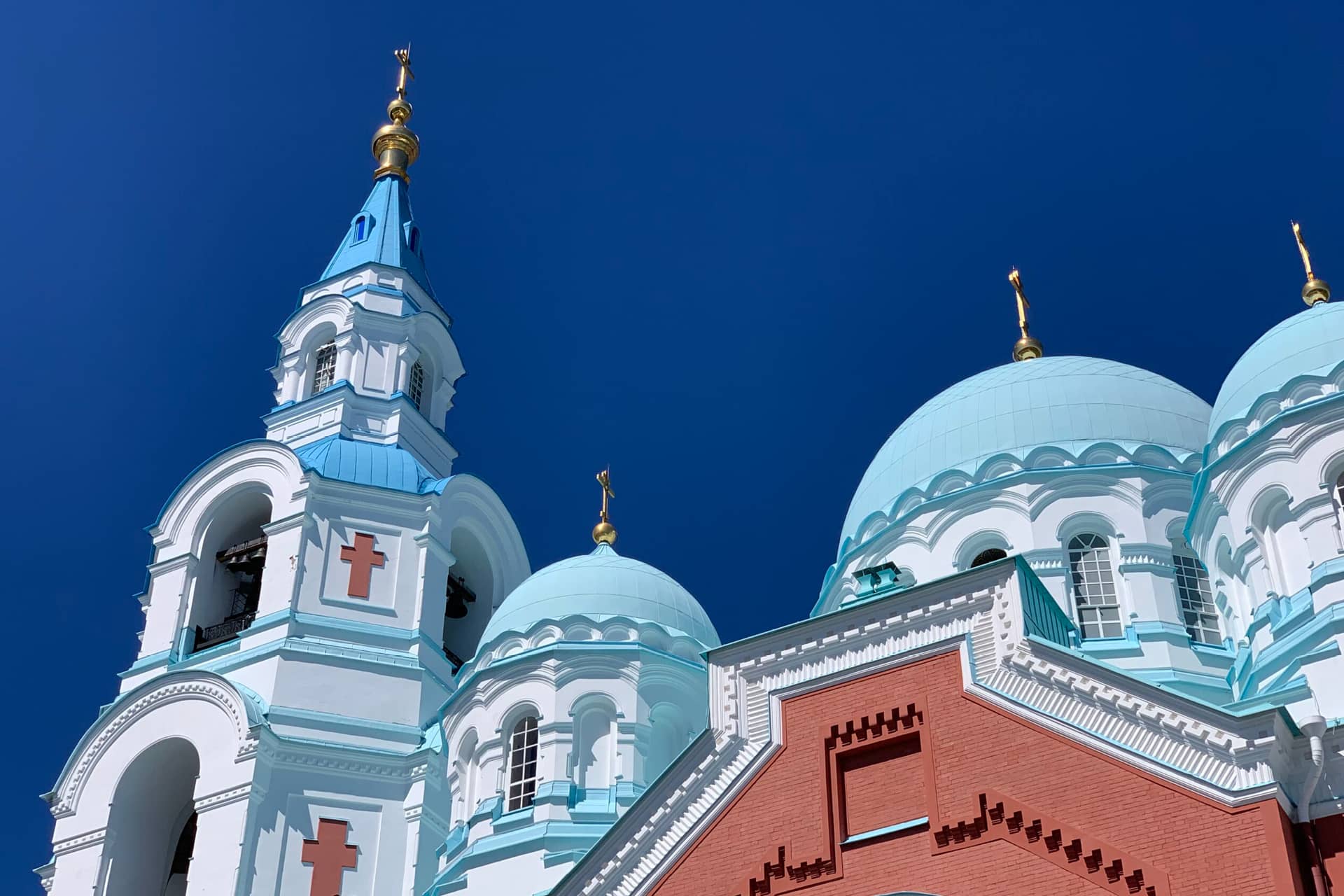
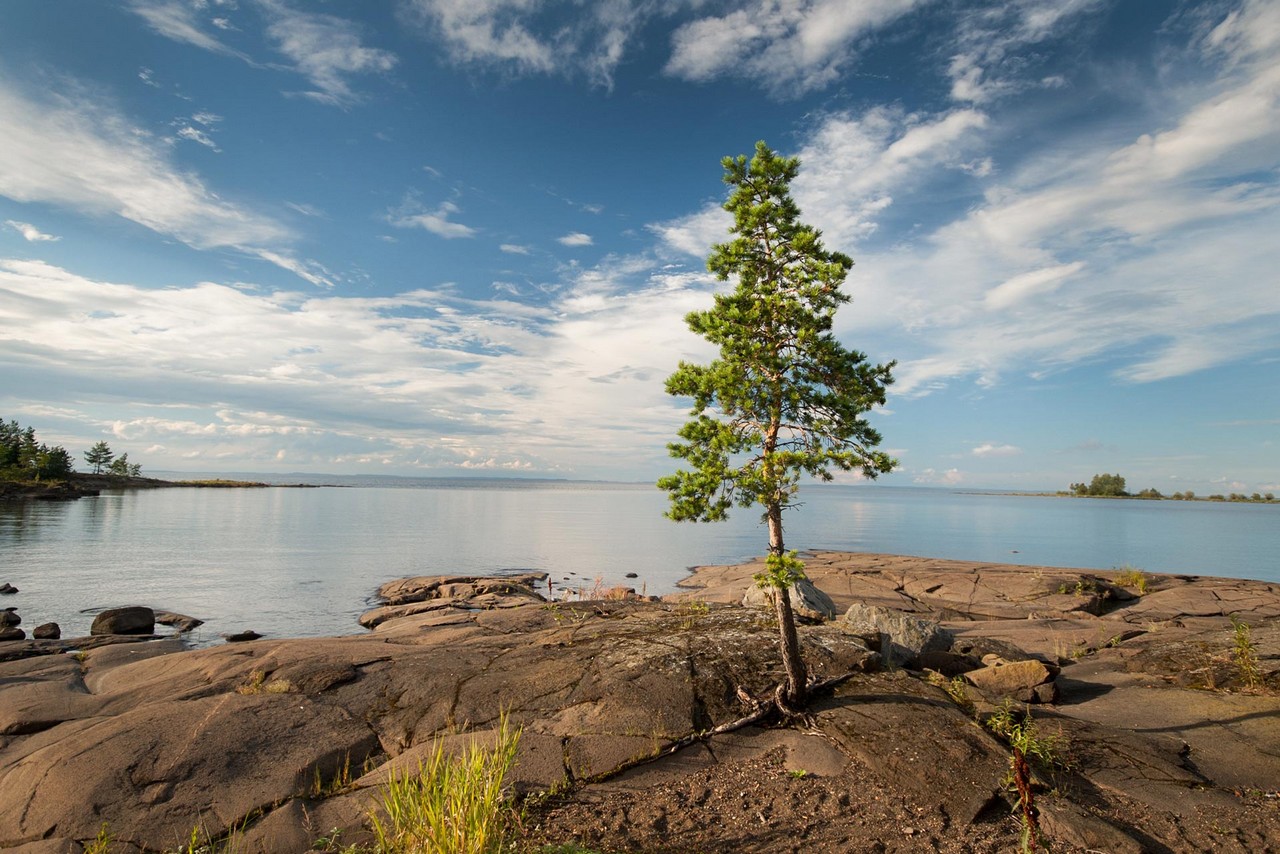
VALAAM ARCHIPELAGO
Masterpiece Hidden on Islands
The Valaam archipelago with the monastery of the same name is located in the northwestern part of the Ladoga Lake. The complex of its stone temples, reaching 70 meters in height, is one of the unique monuments of Russia.
Attention is drawn to the high level of landscape architecture – the monks paid much attention to the layout of the gardens, which symbolized the earth’s paradise. Since 1989 the Orthodox monastery is in function again.
HOME OF UNIQUE MATERIALS
Crimson Marble & Karelian Birch
In the 19th century, when the British allowed the French to bury Napoleon, the Russian emperor generously sent to France a large batch of a unique and very beautiful dark red stone, also called crimson marble, which was mined in Karelia. Karelian marble was generally very highly valued by architects and now it decorates many cathedrals and palaces in St. Petersburg and Moscow.
In the 18th century, a sort of birch was first described which “resembles marble inside”. Among the ancient Karelians, “patterned birch” wood served as money. It is hard, durable and easy to polish. Furniture, parquet, chess, boxes, and more were made from it. They were very popular in the salons of the nobles. Products made from Karelian birch can now be seen in the halls of the Hermitage and other museums.
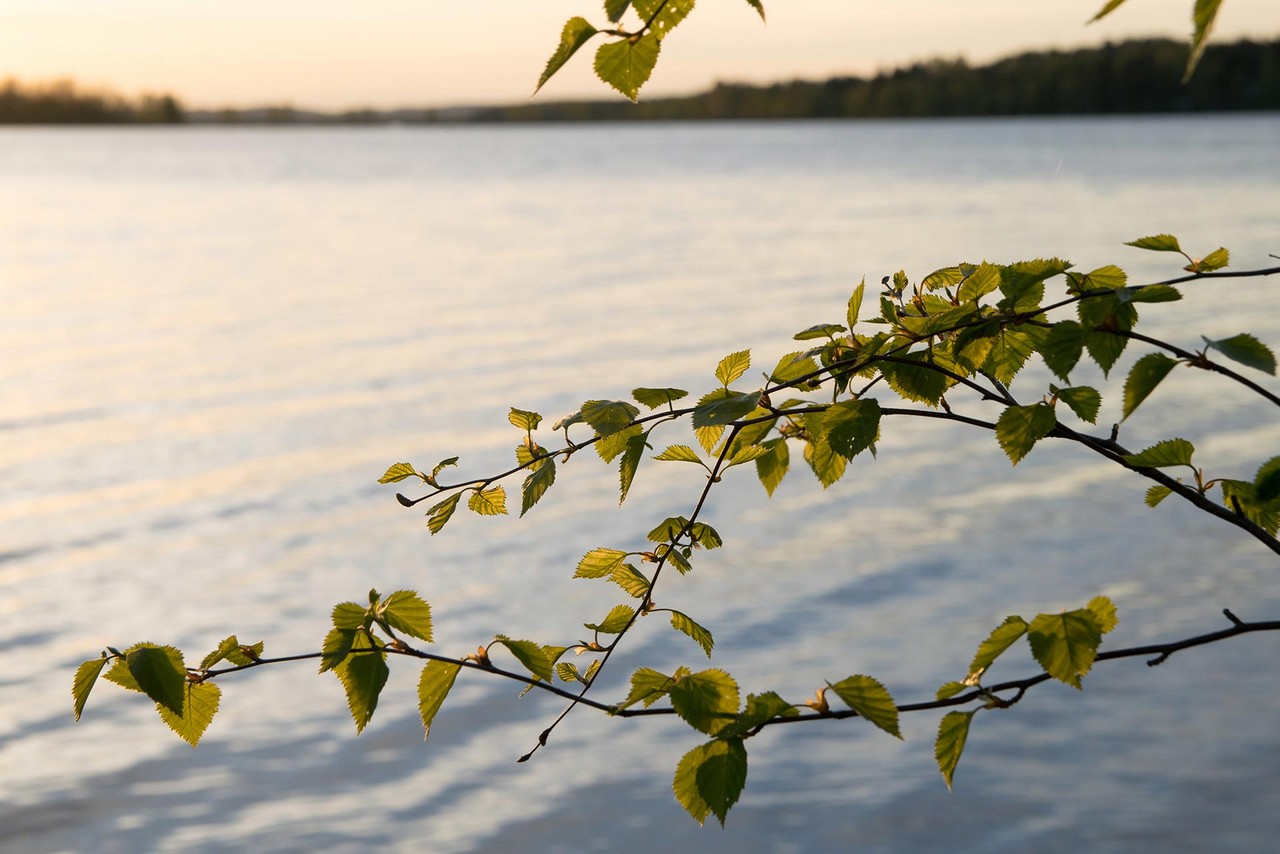
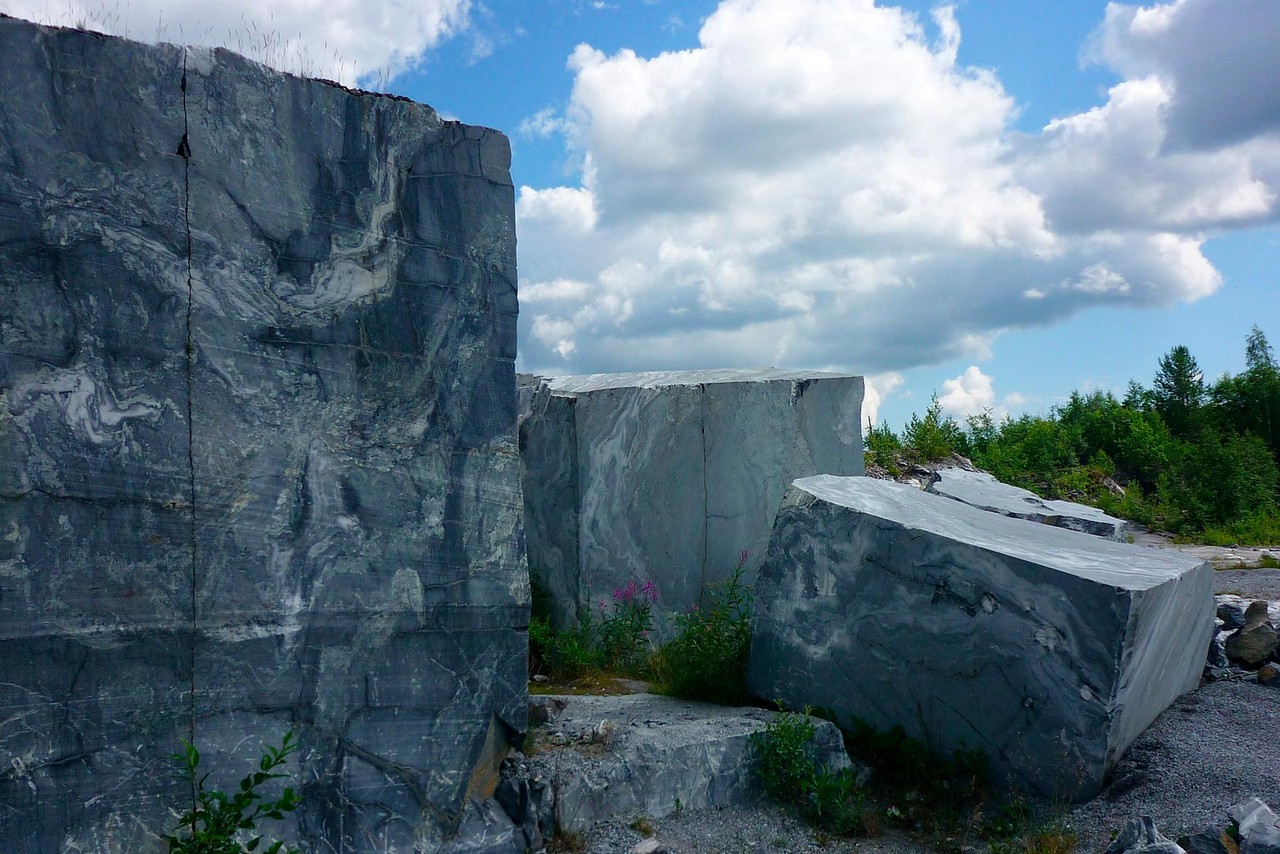
try something new
Itineraries of North West
want more?
More pictures inside the Gallery

